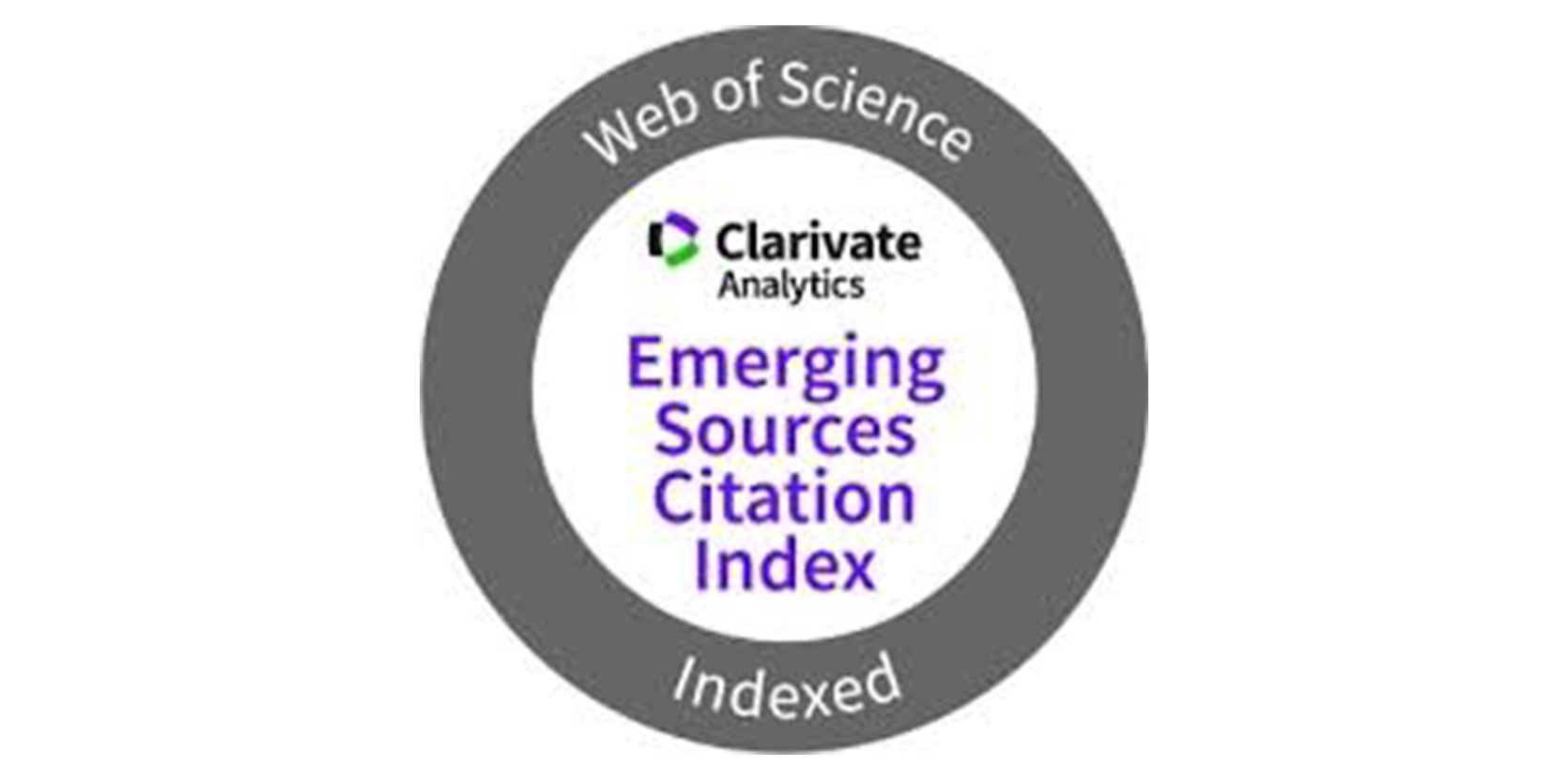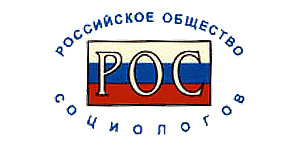Реструктуризация и общая депрессия: предварительные замечания о природе библиометрических кризисов в истории советской науки
Куприянов Алексей Валерьевич
Национальный исследовательский университет — Высшая школа экономики
КЛЮЧЕВЫЕ СЛОВА: НАУКОМЕТРИЯ, СССР, НАУЧНЫЕ ЖУРНАЛЫ, ЛОГИСТИЧЕСКАЯ МОДЕЛЬ РОСТА НАУКИ, SCIENTOMETRICS, USSR, SCIENTIFIC JOURNALS, GROWTH OF SCIENCE, LOGISTIC GROWTH
АННОТАЦИЯ:
В статье определено понятие библиометрического кризиса и на примере периодических и продолжающихся изданий по биологии проведен сравнительный анализ библиометрических кризисов 1930-1931 и 1941-1942 годов. В основу анализа положены данные справочника «Периодическая печать СССР (1917-1949 гг.)» и оригинальные данные по динамике тиражей и объемов ряда биологических журналов. Показано, что при сопоставимых масштабах кризисов природа их различна, что выражается в различиях в динамике наблюдаемых библиометрических показателей (кривых «зарождения» и «вымирания» журналов, объемов и тиражей). Первый может быть интерпретирован как результат масштабной реорганизации системы научных и образовательных учреждений, второй — как результат общей депрессии. Кризис 1930-1931 годов оказал более значительное влияние на структуру корпуса периодических изданий, показатели преемственности для межкризисных периодов в этом случае приблизительно вдвое ниже, чем для кризиса 1941-1942 годов.
ОПИСАНИЕ НА АНГЛИЙСКОМ ЯЗЫКЕ:
Restructurization and general depression: Preliminary notes on the bibliometric crises in the history of Soviet science
Kouprianov Alexei V.
National Research University — Higher School of Economics
A bibliometric crisis is defined as a more or less marked decline of basic bibliometric indicators interrupting a preceding period of stable growth or stagnation. The crises of 1930-1931 and 1941— 1942 revealed from the previous studies (Kozhevnikov and Petrosova, 1991) were analysed in depth on the basis of the data on the publication of biological periodicals in USSR from 1917 through 1949 and a set of more detailed data on selected journals (number of copies and pages printed per year) covering the period from 1921 through 1958. It is shown that even though the scale of decline of 1930-1931 is comparable to that of 1941-1942, the fine structure of the two crises (journal origin and extinction rates, dynamics of the number of pages and copies printed per year) is different. While the former can be considered as a part of a restructurisation crisis (despite a peak of extinction, the new journals were founded at a stable rate, the surviving journals increased their volume and number of copies), the latter triggered a general wartime depression (after a peak of extinction, both extinction and origin rates dropped to zero, the numbers of both copies and pages decreased not to be recovered until late 1940s-1950s). The crisis of 1930-1931 had a deeper impact on the body of biological periodicals than that of 1941-1942: the continuity measured with the Jaccard similarity index is twice as high for the latter than for the former.









